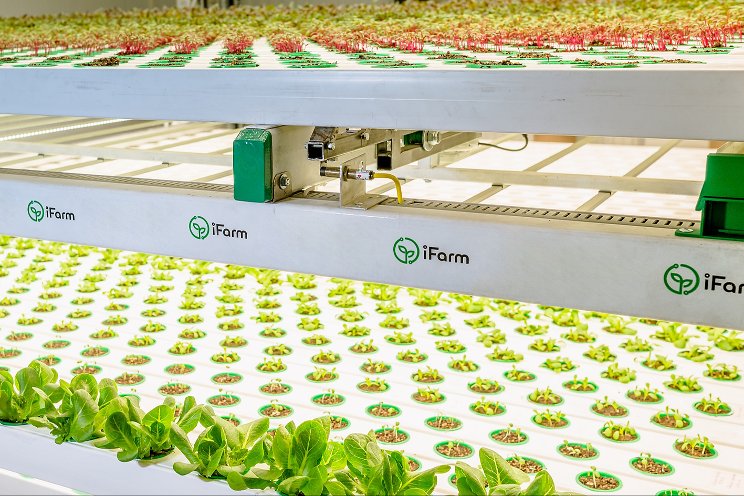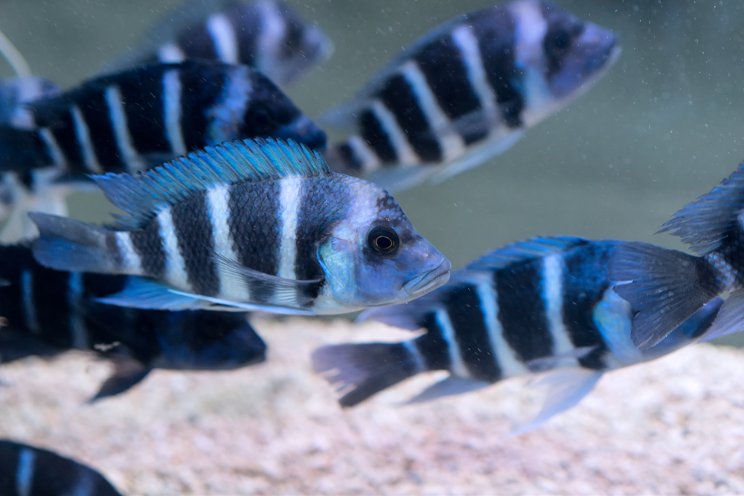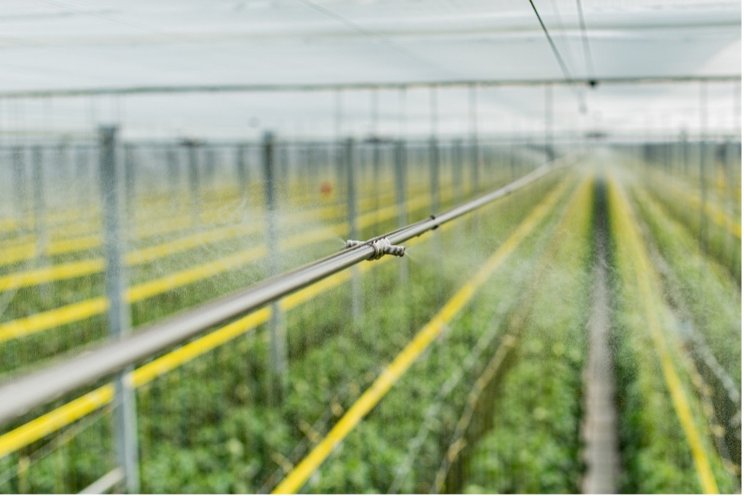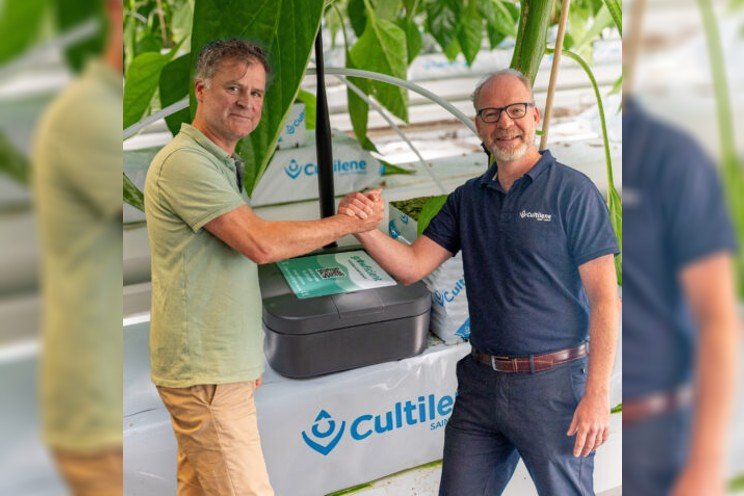Why a strict monitoring program is essential for thrips control
Added on 15 March 2023
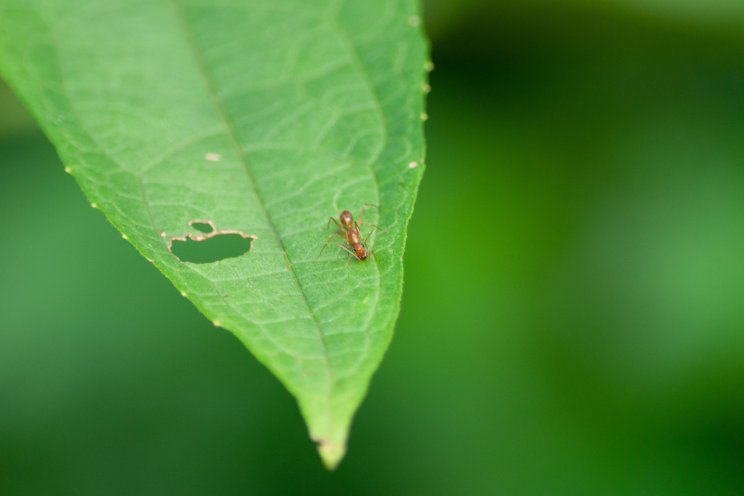
“As the population grows, thrips feeding can stunt the plants and cause discoloration of the shoots. Leaves may become papery and distorted, and the terminals rolled or deformed,” Bográn says. “You really have to watch for the stippling signs early on.”
The challenge, Bográn says, is that many growers do not use a rigorous monitoring program or sampling protocol to detect the very small thrips populations.
“That’s a problem because they are hard to find. The thrips are very tiny, and the eggs are inside the plant tissue, so early on the plant can look clean,” he says. “If you are not looking for the small nymphs, they might escape you.”
As soon as you have a new crop that is known to be susceptible, you should start monitoring.
Image by wirestockon Freepik
More news
